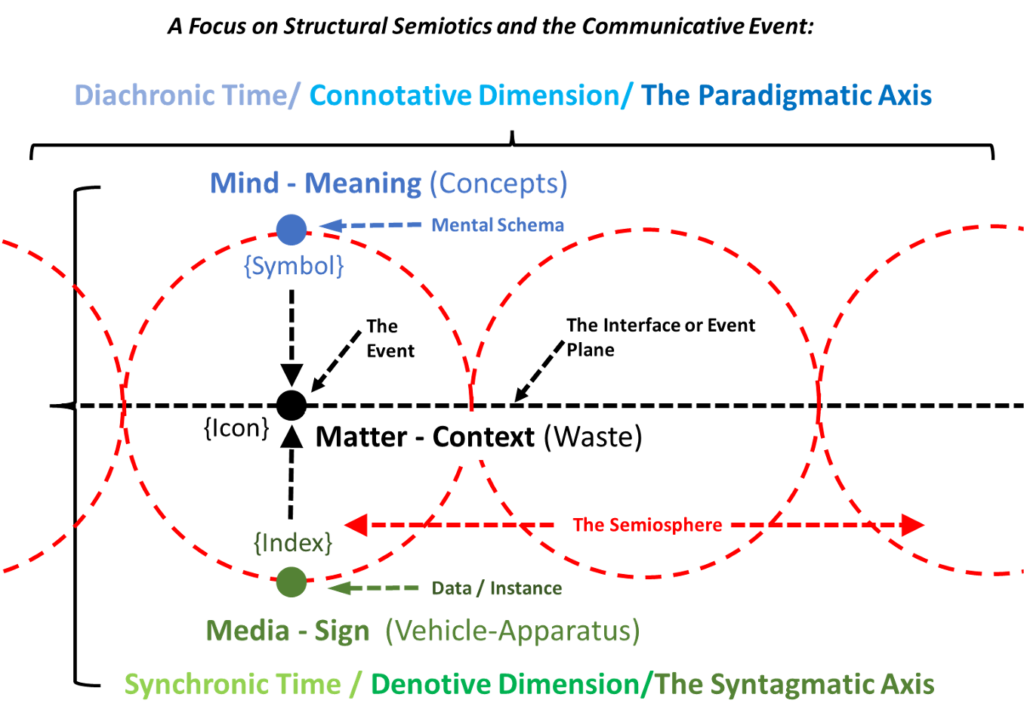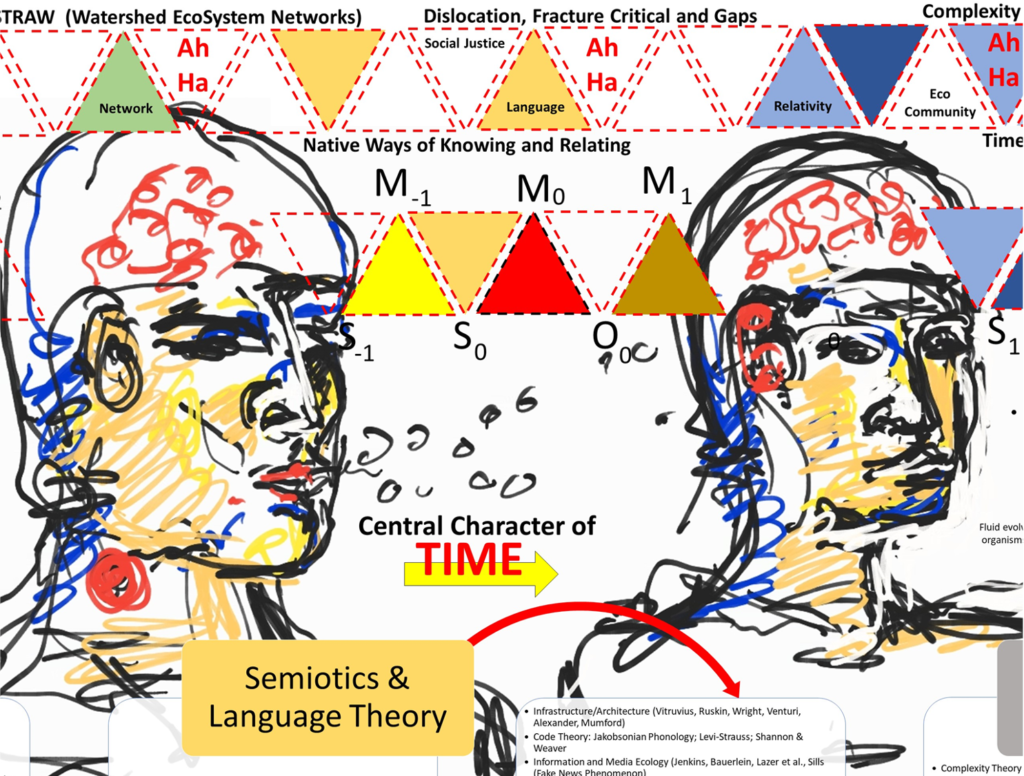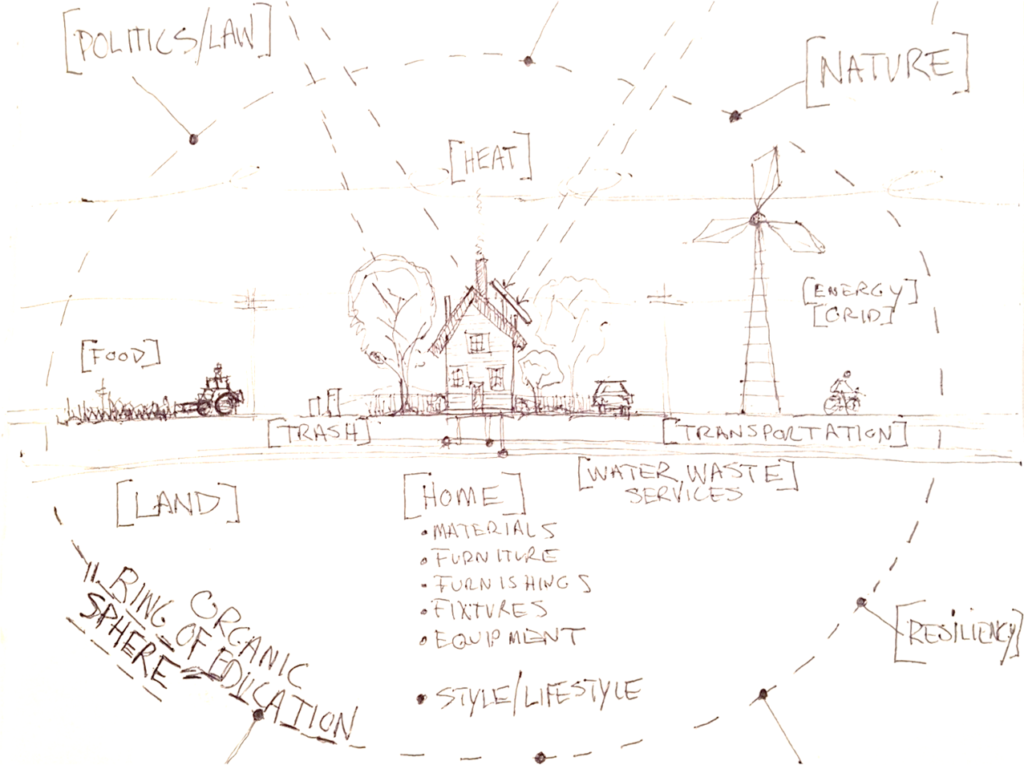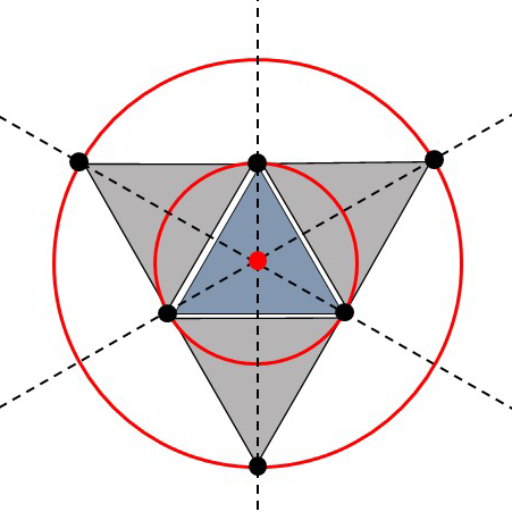
Structural Semiotics
The semiotic deconstruction and reconstruction of structural linguistic forms, as well as additional spatial dimensions such as time allowed for the development of an expanded theory of language structure to include multiple dimensions and increased complexity within a given event.
This logic stems from the historical attempt to classify and define elements based on essential properties such as might be found in a dictionary, encyclopedia, or a Porphyrian tree of hierarchy. Eco (1986) described the problematic function of representation as an artificial or arbitrary relationship as follows: “either the primitives [root terms] cannot be interpreted and one cannot explain the meaning of a term, or they can [through] interpret[ation], and one cannot limit their number” (p.57).
Even Descartes admits to the deceptiveness of human sensibility, as well as the semiotic function within the paradigmatic domain of “knowing” and thus he places a premium on the physical (syntagmatic) properties of experience as the basis for any form of “truth:”
all that up to the present time I have accepted as most true and certain I have learned either from the senses or through the senses; but it is sometimes proved to me that these senses are deceptive, and it is wiser not to trust entirely to anything by which we have once been deceived……..we must at least confess that the things represented to us in sleep are like painted representations which can only have been formed as the counterparts (traces) of something real and true………and whether true and real, or false and fantastic are formed…. [of a] corporeal nature. (In Edwards & Pap, 1973, p.123)

The linguistic dimension is therefore bound with the cognitive and the material dimensions equally through space. Each domain is equally intra-active in intellectual and scientific production of “knowledge,” as well as in the construction of environments, representations, and ways to transfer information across time through a wide variety of mediated forms.

Conventional language systems refer to existing language systems which include written text, oral natural speech, digital video, and imagery, as well as web-based communications which are dominant, human-centric forms of discourse. Such forms are widely used for a variety of functions and are common to all discourses equally. Therefore, they can be called generic, since they are applied to a wide variety of contexts and phenomenon. As such, generic forms contribute to gaps in meaning within the waste management system, due to the lack of a custom linguistic form tailored to meet the specific needs and processes of a given community, context or local place and time. Poor environmental performance within the linguistic management system could be a leading cause of environmental fragmentation, and the Theory of Mind, Matter and Media forms a relational link between material and informational flow using semiotic models, methods, and apparatuses of research.

Language is a structure that allows for common ground, at least a common ground of communication between people and about material phenomenon and is shown to have its own agency. Language has its own structural challenges however, when it comes to closing communication gaps within its own mediated forms. All structured forms of common linguistics or communication technologies are often mere representations, symbolic significations, and translations within the context of a phenomena, or as Derrida (2016) called them “traces” which represent pure movement and difference (, p. 68).
Edward Peterson states that the ability for signs and language to take on new contexts or meanings is not a “defect,” rather, that a “sign can acquire new meaning in a radically new context” is the condition for the transmission of meaning in general (Fritsch et al., 2018, pp. 252-255). Signs are languages, apparatuses, objects, bodies, physical constructs of human imagining which serves to define space and interface the human with the non.
Derrida (2016) discusses the continuity of communication as a connected system where “traces” or parts of one communicative act are both erased or lost and are also continued or bridged to the next state of affairs through metaphysical experiences (pp. 66-67). However, tracking and visualizing this kind of linguistic function within an environmental context is a core aspect of the linguistic component of the problem.
The many forms of architectural, material, cultural, and technological representations that populate the world of media – known as the semiosphere, shows how media and linguistic fragmentations have exacerbated the spatial gap between cognitive and material domains. Gregory Bateson described this gap as a structural communication problem located between physical levels.
Each communicative event is located within its own level of the semiosphere and there are certain losses or displacements that occur within the linguistic form, where information is lost or simply is not carried forward due to a difference in logical type and other physical constraints within the media of “meta-messaging” and code (Bateson, 1988, p 123).

